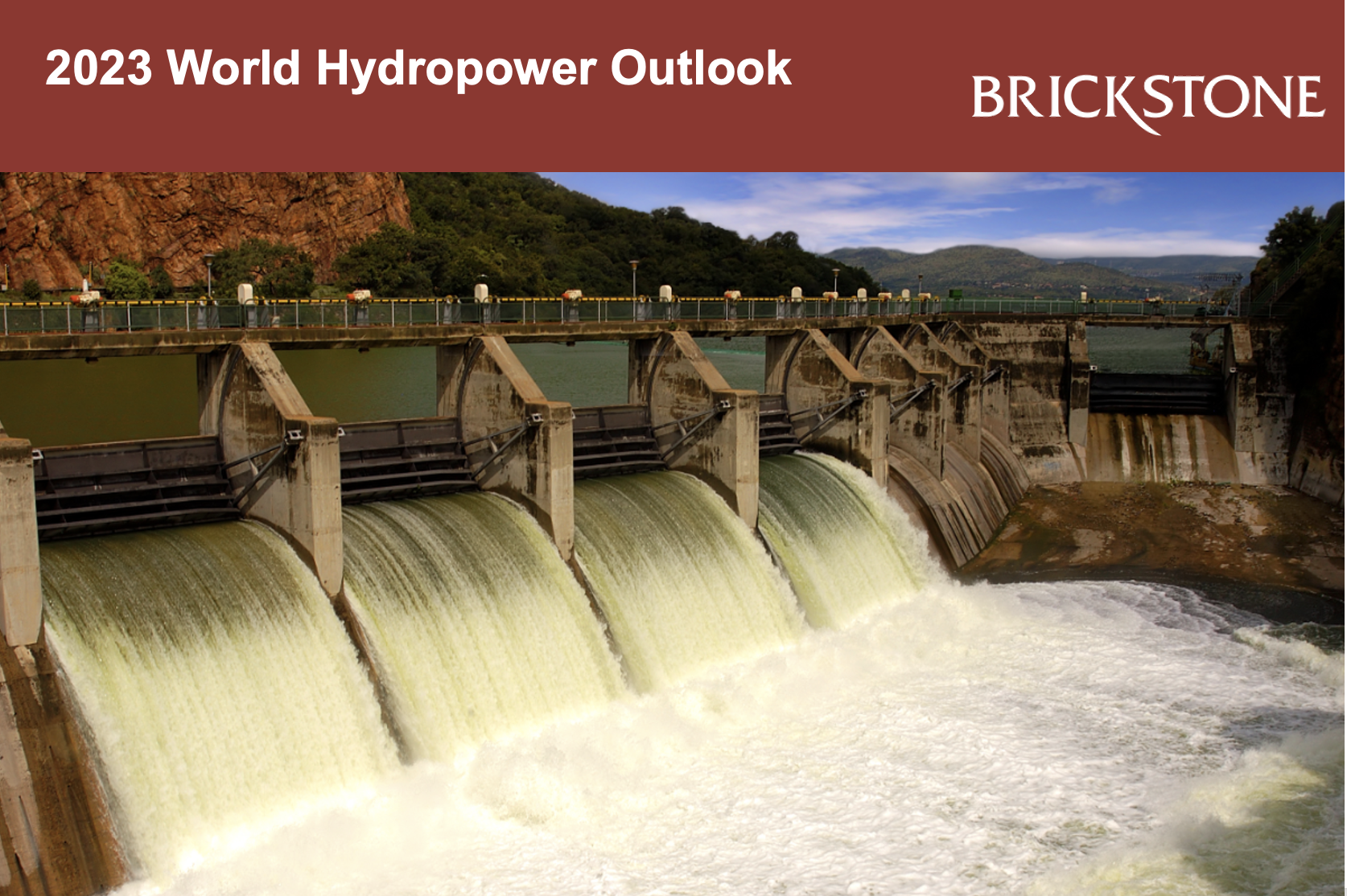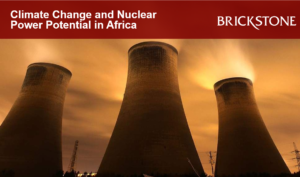Facts about 2023 World Hydropower Outlook
The IHA’s first edition of the 2023 World Hydropower Outlook sets out a realistic roadmap to enable hydropower and other renewables to deliver against net zero targets. It looks ahead to the opportunities and challenges facing the sector during the energy transition. It also provides a status of the present situation and a review of recent developments.
This article by Brickstone Africa reviews IHA’s publication on the 2023 World Hydropower Outlook, highlighting key facts and insights.
World Hydropower Outlook: Hydropower against Net Zero
According to the publication, the power sector is responsible for 40 percent of global carbon emissions, making it the single largest contributor to global warming. To limit global temperature rises to 1.5°C, it will need to rapidly decarbonise. In parallel, the overall level of electricity generation is expected to more than double as economies grow, and electricity replaces other fuels in a wide range of sectors, including the transport sector.
The International Energy Agency (IA) and International Renewable Energy Agency (IRENA) both estimate that the most cost effective, achievable global net zero energy system will require around twice as much hydropower by 2050 as there is today – that is between 2,500 GW and 3,000 GW, including pumped storage hydropower (PSH).
IEA models suggest that by 2030, the global hydropower fleet will need to grow by over 420 GW. With the current pipeline, however, it is unlikely that this will exceed 230 GW, causing a gap in capacity of 190 GW.
Even under the most optimistic assumptions the gap between IEA net zero targets and the existing pipeline will grow in the long term. Assuming that all the current pipeline of projects monitored by IHA will be completed by 2050, this analysis suggests that at least an additional 737 GW of hydropower (new capacity) will need to be identified and developed to achieve the capacity required to support the energy transition towards a net zero economy.
The following are key facts and insights from the publication:
The Changing Face of Global Energy Supply. Over the last century, electric power systems have relied on the stability provided by a fleet that is highly dispatchable such as coal, gas, nuclear and hydropower. As of today, these resources combined are responsible for almost 90 percent of global electricity generation. But now this landscape is rapidly changing, and all the net zero projections for change rely heavily on a dramatic shift in the composition of the world’s electricity-generating fleet. Variable renewable energy sources – wind and solar will become dominant, and their total contribution is forecast to evolve from 10 percent today to a level close to 70 percent by 2050.
The Future of Hydropower. Wind and solar contributions will grow to 70 per cent while coal, oil and gas capacity will need to reduce at a rate of 100 GW per year. Low-carbon dispatchable technologies will have to step in to take over the role of ‘guardians of the grid: Like coal, oil and gas, these technologies will need to guarantee reliable, long-lasting, and affordable electricity generation for consumers. Hydropower is not only today’s main source of low-carbon electricity but is also equipped to become the lead provider of grid flexibility – it will be the backbone of reliable, safe, and decarbonised power systems.
Hydropower’s Current Growth Levels. Despite the significant global efforts that both public and private sectors have undertaken in recent years to shift towards a more sustainable energy mix, IHA’s analysis show that hydropower is not developing fast enough to meet global targets. To reach a net zero economy, according to the IEA net zero projections, hydropower should be growing at an average pace of circa 46 GW per year, the equivalent of the combined capacity of Norway and Mexico, but the current rate of development is well below these levels.
Unlocking Hydropower’s Untapped Potential. Doubling of hydropower capacity will not happen by market forces alone. To unlock this potential IHA urges governments to develop mechanisms and steps that reward flexibility to balance the system. This potential can be achieved through four broad actions: developing new hydropower, developing PSH, modernising existing infrastructure, and retrofitting non-powered dams.
The Current New Development Pipeline. The hydropower pipeline is growing and over the last two years the total capacity of the projects included had an increase of 50 GW. 77 GW of new projects were added to the announced (+20 percent) and pending approval categories (+40 percent), showing a positive trend that hopefully will continue over the next few years. Conversely, the capacity currently under construction has seen a contraction, with a decrease of 25 GW compared to two years ago. Data collected by IHA shows that the current global pipeline represents over 590 GW of new hydropower projects. These are classified in four categories representing the general project status: Under Construction and Regulator Approved, Pending Regulator Approval and Announced.
Policy Recommendations. Doubling the pace of hydropower development is essential for the energy transition, yet IHA analysis shows we are not on track. It is urgent for today’s energy policies to focus on three key aspects associated with hydropower development. This includes incentivising sustainable hydropower development through market mechanisms that reward flexibility; accelerating the development of renewables through streamlined permitting and licensing; and embedding hydropower sustainability practices in government regulation.
Download the full publication here.






